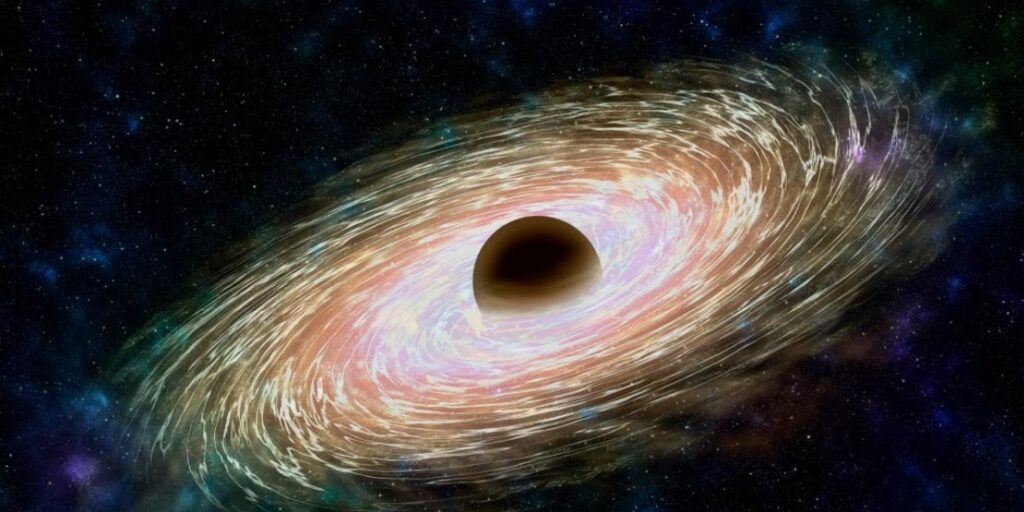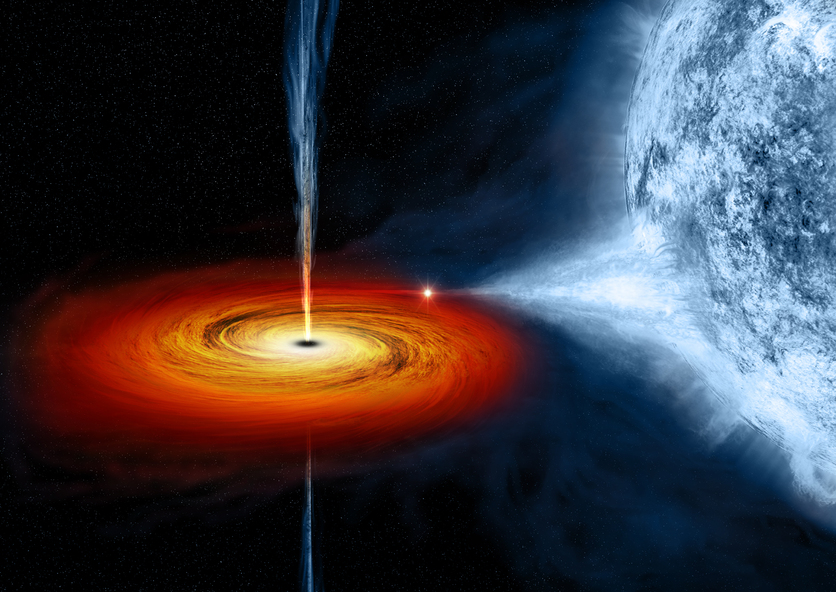Scientists just solved a long-standing mystery about supermassive black holes and the galaxies they lived in by looking at objects that were very bright 500 to 1 billion years after the Big Bang.

For example, no one knows how these huge monsters got so big so early in the history of the universe. Some of them are as heavy as a billion Suns. Also, scientists have been wondering for a long time what stopped those early growth spurts and led supermassive black holes to evolve in a way that was more in tune with their host galaxies.
Now, scientists led by Manuela Bschett, a postdoctoral researcher at the Astronomical Observatory of Trieste for Italy’s National Institute of Astrophysics, have made the surprising discovery that the expansion of early supermassive black holes was probably slowed down by their extremely powerful winds.
In a study published in Nature, Bschett and her colleagues looked at 30 quasars, which are very bright objects often found at the center of old galaxies. They identified these winds as the first stage of “black hole feedback,” a process that is important to the formation of modern galaxies, including our own Milky Way.























